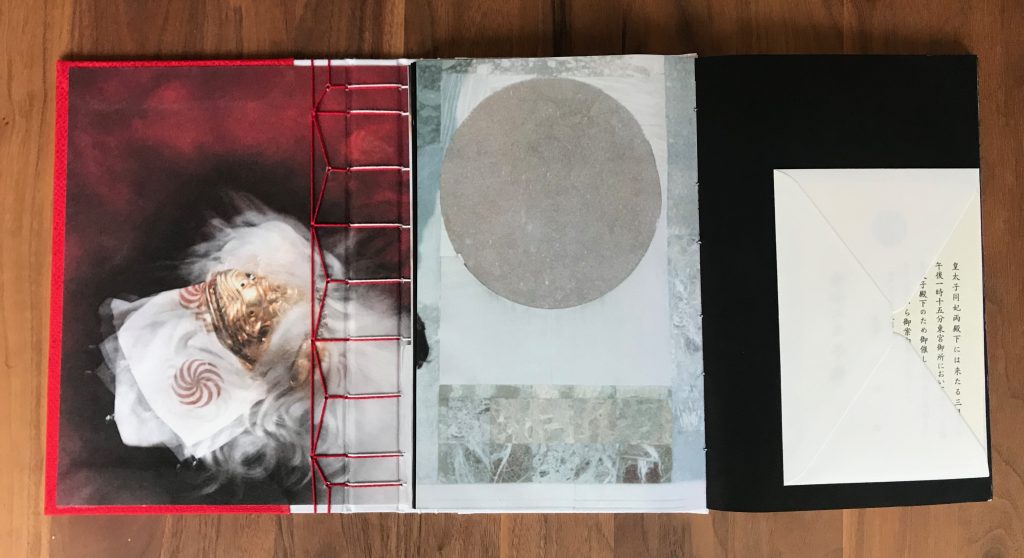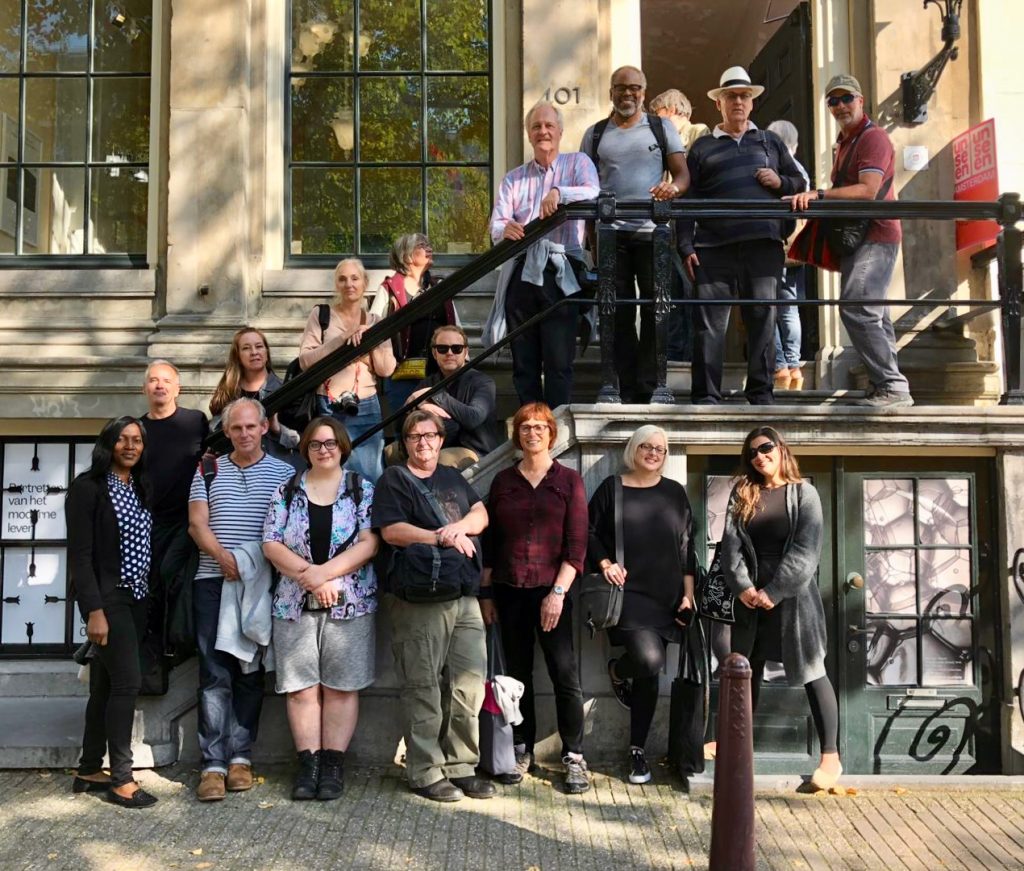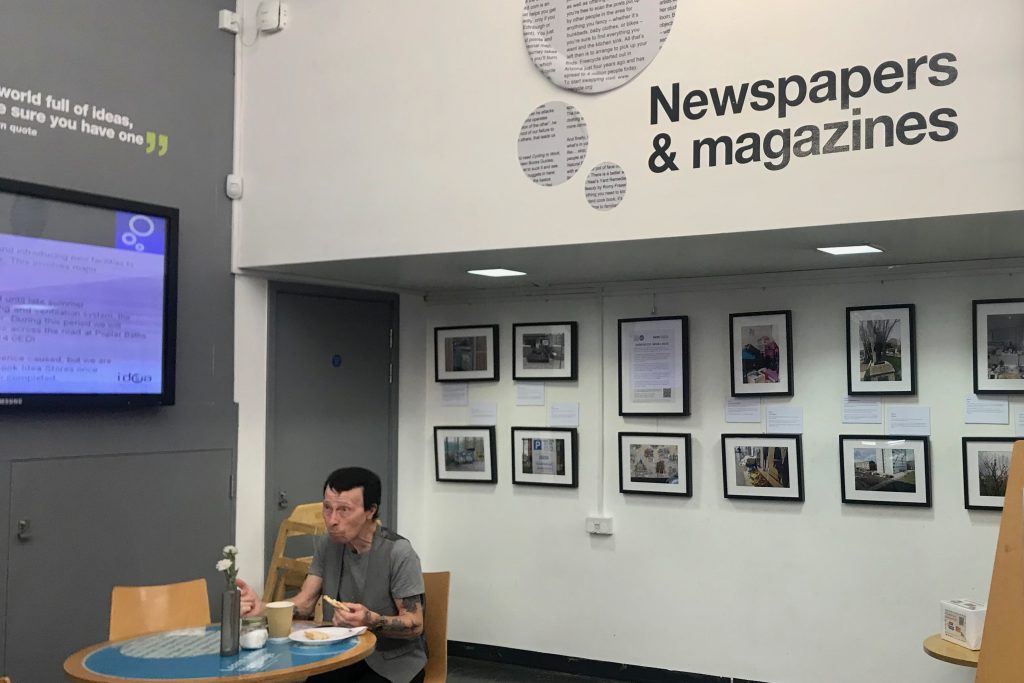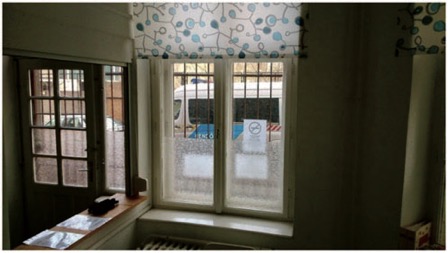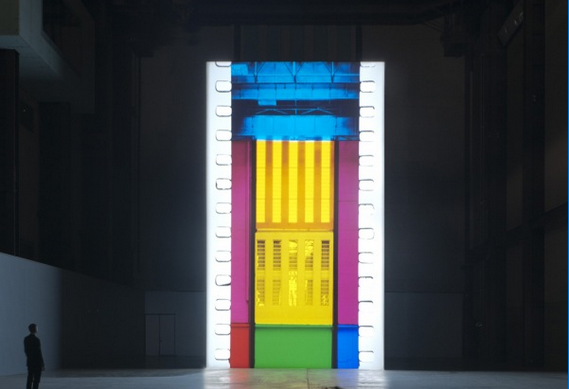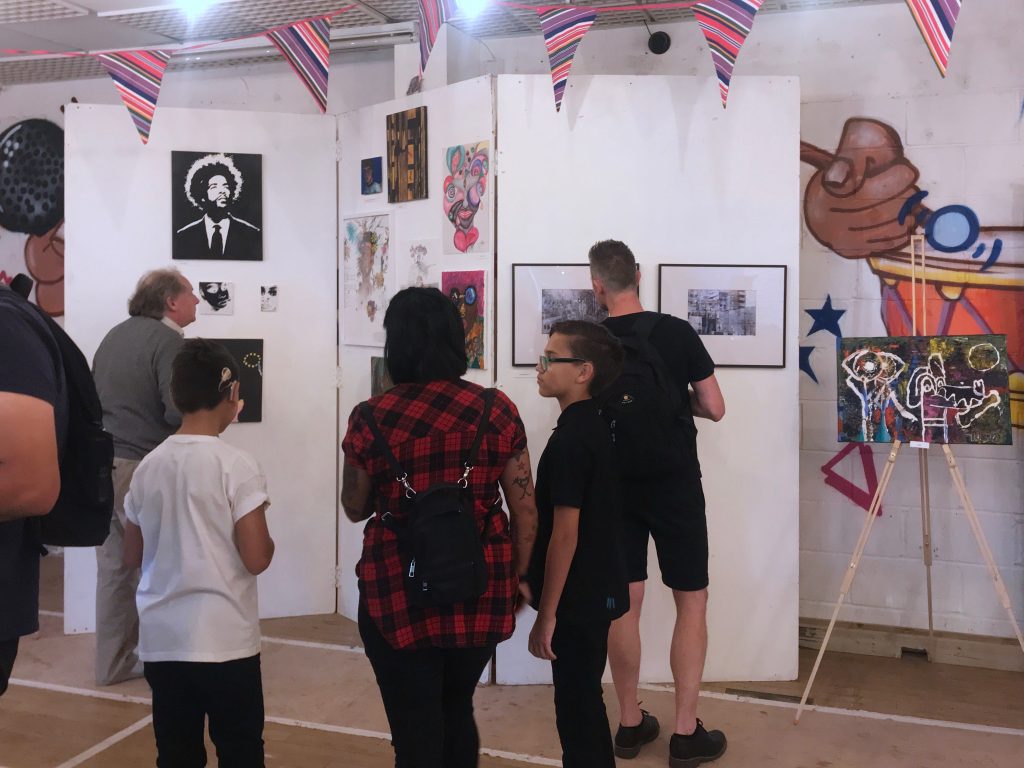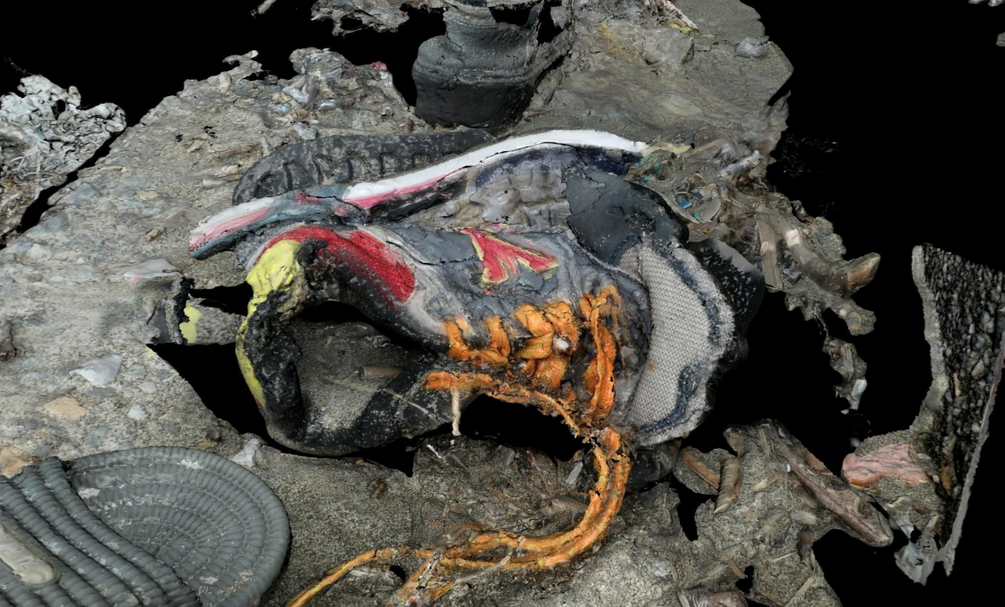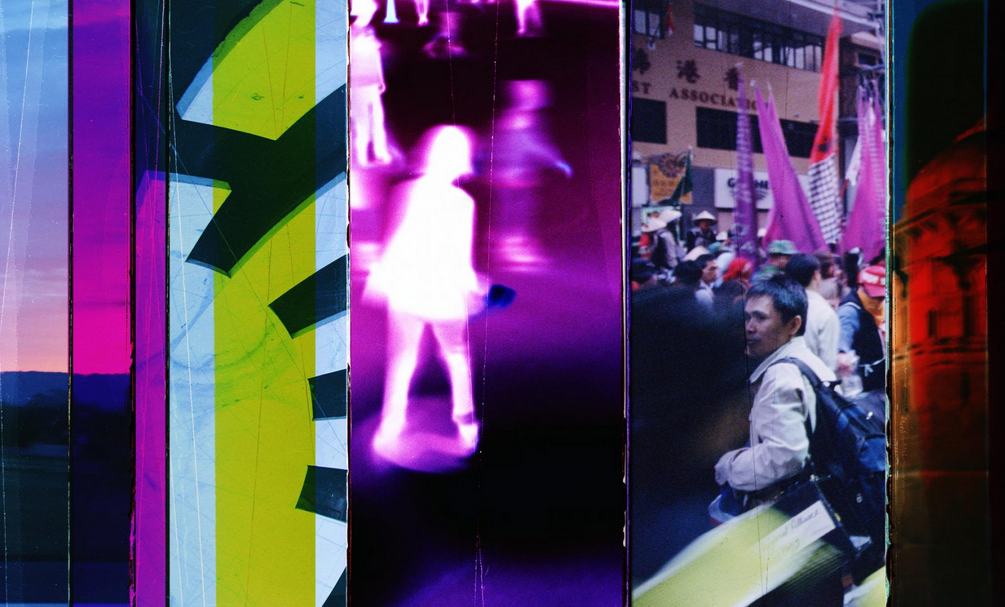I was fortunate to be able to talk to Lukas Birk at Unseen. A number of his projects have given rise to ‘archive’ style publications, where a range of different kinds of images are brought together into a single place around a central common theme. For my project, his ‘FERNWEH – a man’s journey‘ is particularly interesting. This brings together a number small A5 handmade books, some of which are altered texts, and others of which are collections of found or family photographs. Individually each has its own theme and identity, and collectively (presented together in a box), according to Birk, they constitute ‘a riveting travelogue memoir that unwraps the lifetime of three generations of men who shared a passion for traveling, photography and the mountains’.

Apart from a pamphlet with a short essay and list of plates, there is no text and all images are full bleed. The reader can clearly look at the constituent booklets in whatever order they wish. The essay (by Natasha Christia) reinforces this, stating that ‘the five booklets … are fragments of an incomplete photographic memory, misconstrued by nature. They also operate as interconnected vessels of a shared universal experience, inviting us to step back and forth in time and engage with content according to our own personal visual and emotional resonances’. In thinking about the relationship between this kind of portable print output and exhibitions, it is interesting to note that Birk states that FERNWEH ‘was originally conceived as a mutating touring exhibition’ This invokes the kind of adaptable exhibition resource produced by Dayanita Singh, and the notion of ‘locatedness’ explored by composer Georgia Roberts. In producing site specific compositions, Roberts explores the sonic characteristics of the place, seeking resonances and frequencies that ‘belong’ or are optimal in the place. This can also be seen as a process of ‘extraction’ of music from a place, and then a placement of the listener in this sonically animated space. There is more to explore here, particularly in drawing comparisons with between contemporary composition and the visual arts. For my FMP project, however, the key outcome is to think about the way in which I can produce a collection of images and other material which could constitute a resource for the production of exhibitions or installations that adapt to the spaces in which they are presented, and the basis for other outputs (such as an artist book). ‘Locatedness’ is a central theme both in the production and presentation of the work.
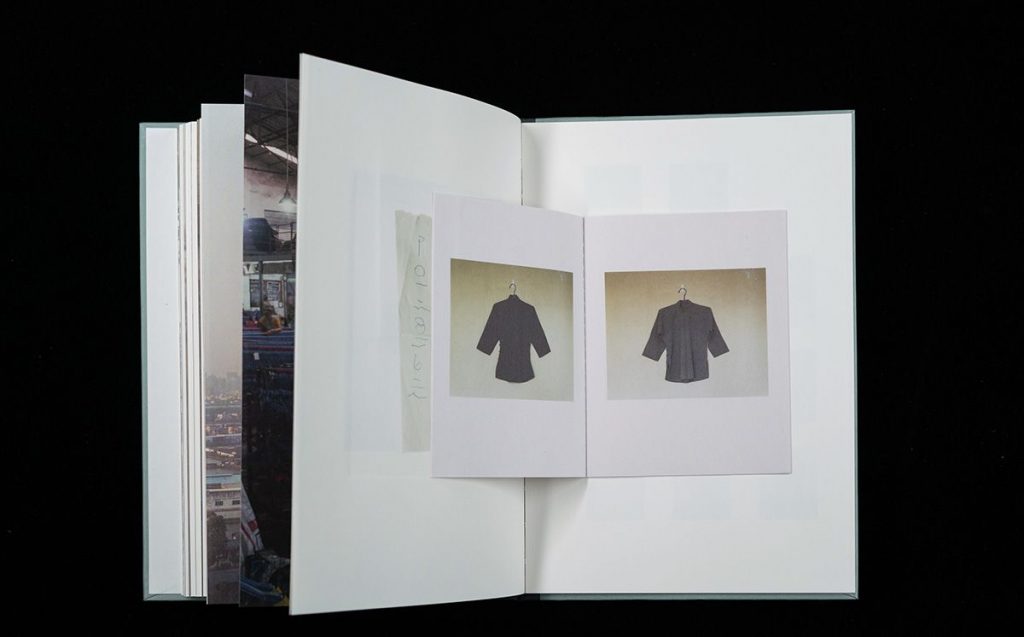
Kurt Tong’s ‘Combing for Ice and Jade‘ was also available at the book exhibition. The book draws of a range of types of image and text to present an account of the life of his amah. This includes family photographs, still life photos, period publications, texts and more. Coming initially from a design created at the ‘Photobook as Object’ workshop, it has the structure and content of a handmade artist book, but being produced by a commercial publisher, has a very different feel. The commercial production also limits the range of different kinds of papers and printing used, a key characteristic of the handmade artist book (it does, though, have cutouts, tipped in images and gatefolds, and other features typical of the handmade book).
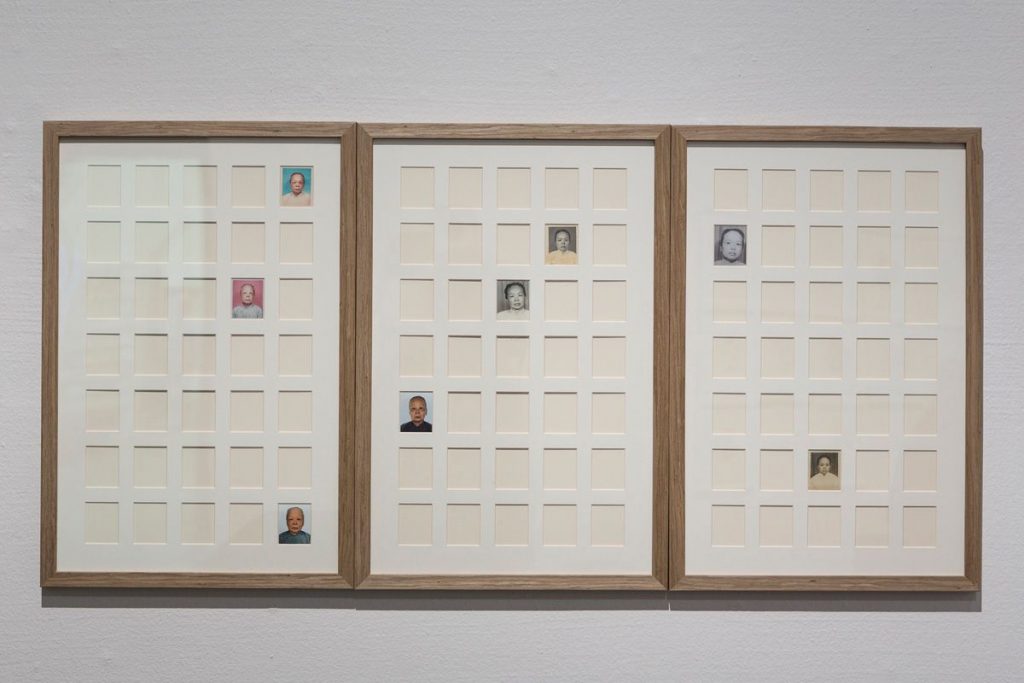
It was interesting to see the work as an exhibition at Arles. The book as a strong linear narrative structure, reinforced by text which maintains direction and pace. Though images are the principal focus of the book, the exhibition is a more visual experience. It allows the viewer to diverge from the linear narrative, and it is a more social experience (in that the viewing takes place with other people, which creates the possibility of interaction). A considerable amount of work needs to be done to turn an exhibition into a book and vice versa, and clearly one or the other may not be appropriate for a particular project.
References
Birk, L. 2019. FERNWEH – a man’s journey. Fraglich Publishing.
http://www.lukasbirk.com/portfolio/fernweh-a-mans-journey/
Huddersfield Contemporary Music Festival. 2019. Georgia Rodgers and ‘locatedness’. https://hcmf.co.uk/georgia-rodgers-and-locatedness/
Tong, K. 2019. Combing for Ice and Jade. Jiazazhi
https://jiazazhistore.com/products/kurt-tong-combing-for-ice-and-jade

